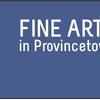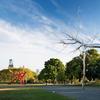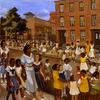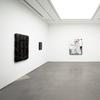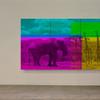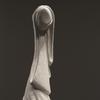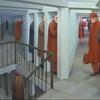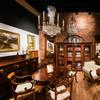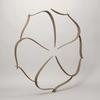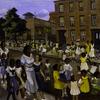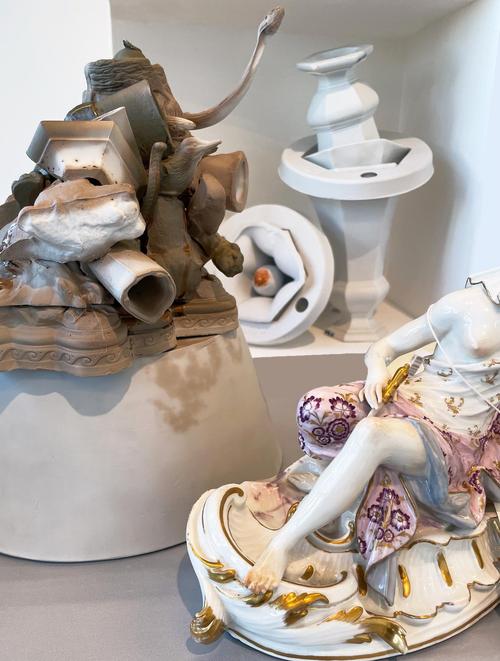
Disrupt the View: Arlene Shechet at the Harvard Art Museums
Experience the Harvard Art Museums’ historical collections through fresh eyes in a one-of-a kind installation by contemporary American sculptor Arlene Shechet.
By presenting her recent work alongside historical German, Japanese, and Chinese examples, sculptor Arlene Shechet encourages us to look anew at works of porcelain and other objects from the Harvard Art Museums. Decorative arts are typically displayed in museum galleries dedicated to the same culture and period, often in isolation from other media. In Disrupt the View, however, Shechet draws on her past collaborations with porcelain manufactory workers to speak to a larger history, recontextualizing these remarkable objects as both handmade and industrially manufactured, painterly and sculptural.
Invented by Chinese potters in the Tang Dynasty (618–903 CE), porcelain later became one of the first global luxury products. It was at first available in Europe only to the wealthiest patrons, but by the late 17th century, millions of porcelain objects were being imported each year by the Dutch East India Company. European porcelain production was driven by courtly ambition in competition with Asian markets, and its artisans, who created these objects for lavish celebrations, were largely unknown. The story of porcelain, then, is one of labor, class, and global trade. In 1710, the German porcelain manufactory Meissen was founded, and significant examples of its 18th-century tableware and figurines are now in the Busch-Reisinger Museum collection. Many of these objects have rarely, if ever, been shown.
Among other objects, Shechet has created an unparalleled installation that includes two constellations of tableware that emphasize the unique material qualities of plates as sculptural design. Visible from the exterior of the museums, these arrangements, like the painted decoration on the individual plates, invite the outside in and—literally and metaphorically—disrupt the view.
- Contact:
- Krystle Brown
- Krystle_Brown@harvard.edu
- (617)-495-9295

